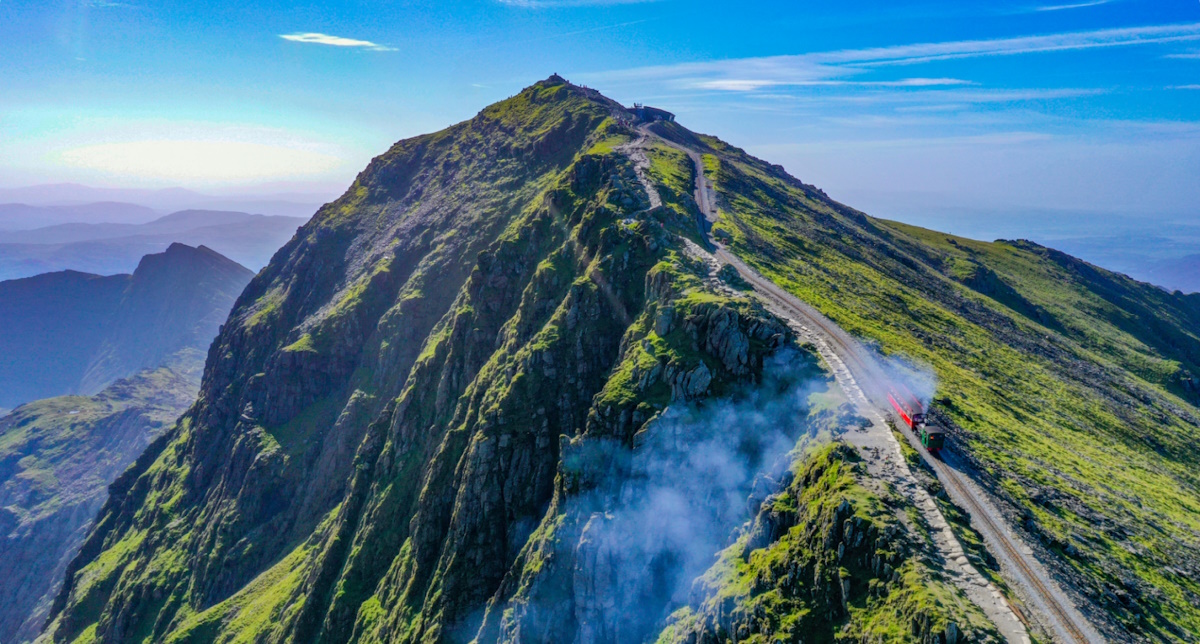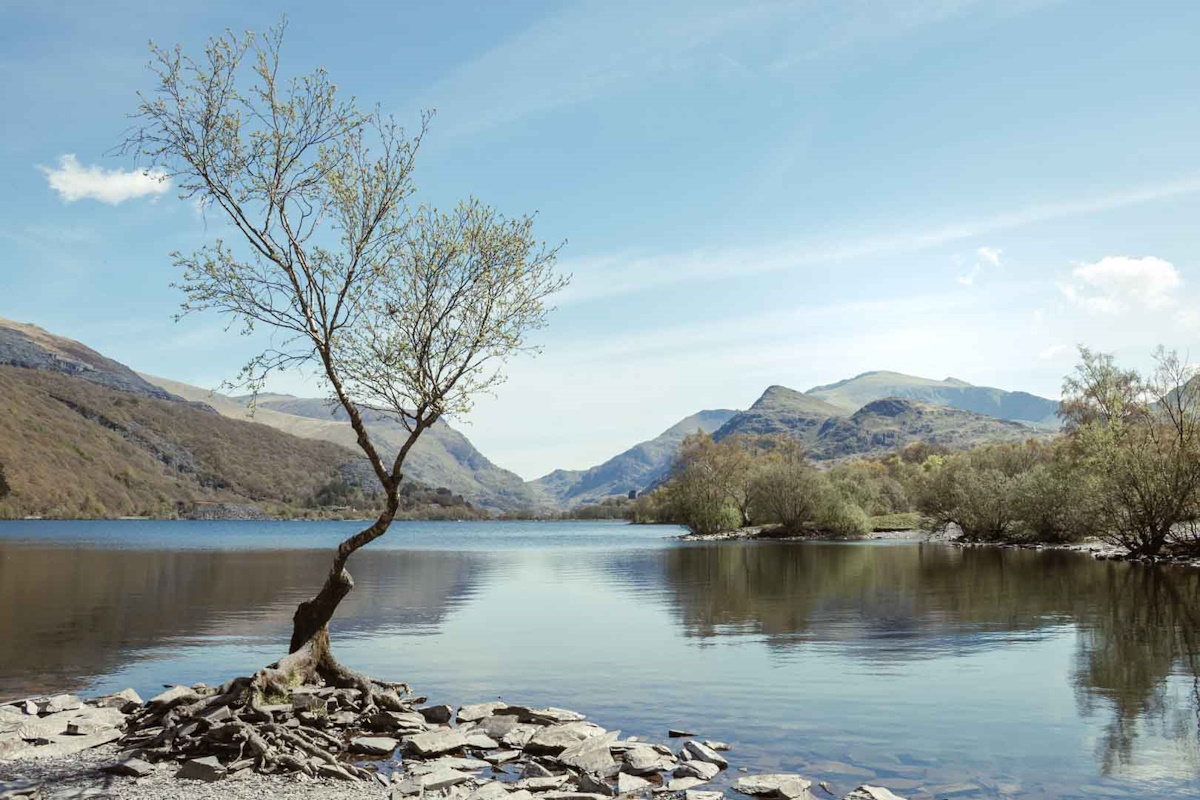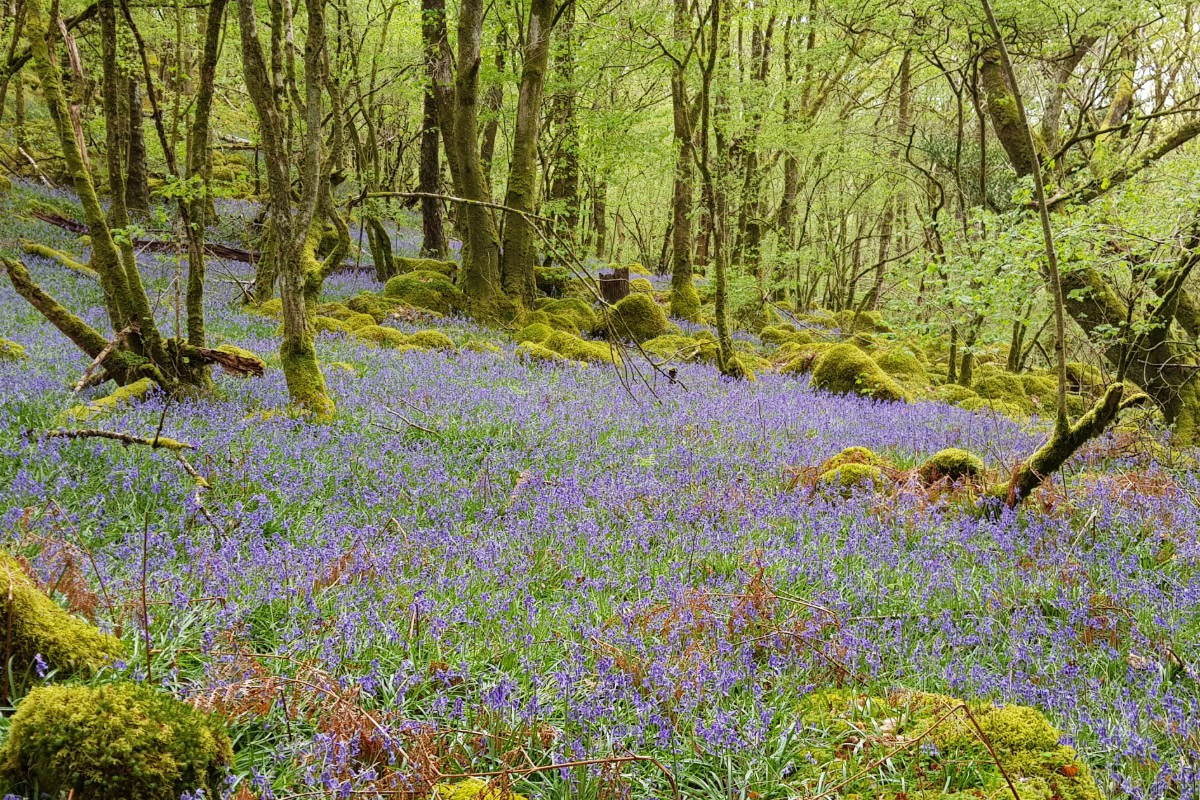Welcome to Snowdonia National Park
Snowdonia National Park, located in North Wales, is a breathtaking landscape of rugged mountains, pristine lakes, and lush forests. Established in 1951, it was the third national park to be designated in Britain and the first in Wales. Covering an area of 2,130 square kilometers (823 square miles), Snowdonia is a haven for nature lovers, hikers, and adventure enthusiasts.
At the heart of the park lies Mount Snowdon (Yr Wyddfa in Welsh), the highest peak in Wales and England, standing at 1,085 meters (3,560 feet) above sea level. The park is not just about mountains, though; it's a diverse ecosystem that includes woodlands, rivers, lakes, and even a coastline, making it a unique and varied destination for visitors.
Natural Beauty and Landscapes
Snowdonia's landscapes are truly awe-inspiring, featuring:
- Rugged mountain ranges, including the Snowdon Massif, Cader Idris, and the Glyderau
- Picturesque lakes such as Llyn Tegid (Bala Lake), the largest natural lake in Wales
- Stunning waterfalls like Swallow Falls and Pistyll Rhaeadr
- Ancient woodlands teeming with diverse flora and fauna
- Dramatic coastlines with sandy beaches and rocky cliffs
The park's varied geology, shaped by volcanic and glacial activity over millions of years, has resulted in a landscape that's both beautiful and scientifically significant.




Activities and Attractions
Snowdonia offers a wide range of activities for visitors:
- Hiking and mountaineering on various trails, including the famous Snowdon Path
- Rock climbing and bouldering in world-class locations
- Mountain biking on purpose-built trails
- Water sports such as kayaking, canoeing, and white-water rafting
- Scenic train rides on the Snowdon Mountain Railway
- Exploring historic sites like Conwy Castle and Harlech Castle
- Zip lining at Zip World, home to the fastest zip line in the world
- Stargazing in one of the UK's darkest skies
Quick Facts about Snowdonia
- Snowdonia is home to over 26,000 people, with the Welsh language spoken by over half the population.
- The park contains over 2,380 km (1,479 miles) of public rights of way.
- Snowdonia has 15 mountains over 3,000 feet high, known as the Welsh 3000s.
- The Snowdon Lily, one of Britain's rarest plants, is found only in Snowdonia.
- The park is home to the Ty Hyll (Ugly House), a 15th-century cottage with a mysterious origin.
Conservation and Wildlife
Snowdonia National Park is not just a playground for outdoor enthusiasts; it's also a crucial habitat for diverse wildlife and plant species. The park's conservation efforts focus on preserving this unique ecosystem for future generations.
Some of the notable wildlife you might encounter in Snowdonia include:
- The Snowdon beetle, found nowhere else in the world
- Peregrine falcons and red kites soaring above the mountains
- Wild mountain goats roaming the rocky slopes
- Otters and water voles in the park's rivers and lakes
- Rare butterflies like the Pearl-bordered Fritillary
The park also boasts a rich variety of plant life, including arctic-alpine plants that have survived since the last Ice Age.
Plan Your Visit
When planning your trip to Snowdonia National Park, consider the following tips:
- The best time to visit is from late spring to early autumn when the weather is milder and days are longer.
- Book accommodation in advance, especially during peak season (July-August).
- Be prepared for changeable weather and bring appropriate clothing and gear.
- Consider using public transport to reduce environmental impact and avoid parking issues.
- Follow the Countryside Code to help preserve the park's natural beauty.
- Check the official Snowdonia National Park website for up-to-date information on trails, facilities, and events.